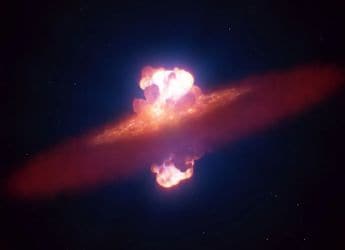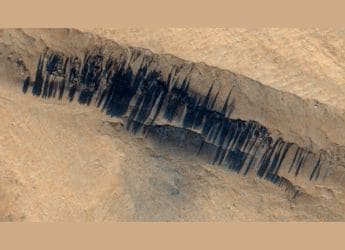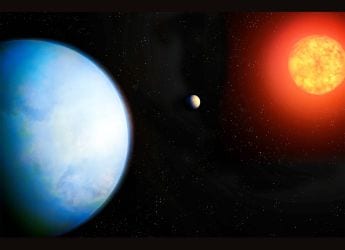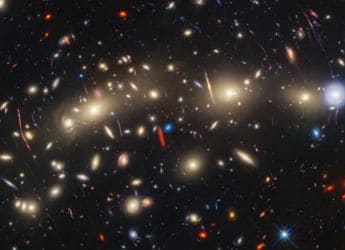- Home
- Mobiles
- Mobiles News
- Xolo Q1011 With 5 inch Display, Android 4.4 KitKat Launched at Rs. 9,999
Xolo Q1011 With 5-inch Display, Android 4.4 KitKat Launched at Rs. 9,999

The Xolo Q1011 features a 5-inch (720x1280 pixel) HD IPS display with OGS and a pixel density of 294ppi. It is powered by a 1.3GHz quad-core MediaTek MT6582 processor that's coupled with Mali-400 MP2 GPU, and 1GB of RAM. It bears 4GB of built-in storage that can be expanded via microSD card (up to 32GB). It features an 8-megapixel rear BSI sensor camera with flash, and a 2-megapixel front-facing camera.
Connectivity options on the Xolo Q1011 include 3G, Wi-Fi 802.11 b/g/n, Micro-USB, USB OTG, A-GPS, 3.5mm audio jack, and FM radio. It is powered by a 2250 mAh battery, that the company says gives it an 'outstanding battery life' of up to 26.82 hours of talk time on 2G, up to 550 hours of standby time on 2G, and up to 86.53 hours of continuous music playback using wired headset. It is available in Black and White colours.
Earlier this month, Xolo launched the Q1200 (Review | Pictures) in India, priced at Rs. 13,999. The company is touting some of the software features preloaded on the Q1200, including gesture controls, voice recognition, float task with dual window feature, cold access apps, and smart reading mode.
The Xolo Q1200 is a single-SIM device and runs the older Android 4.2.2 Jelly Bean out-of-the-box with a promised Android 4.4.2 KitKat update. The Q1200 sports a 5-inch HD (720x1280 pixel) IPS display, and is powered by a 1.3GHz quad-core MediaTek (MT6582) processor coupled with 1GB of RAM. It comes with 8GB inbuilt storage which is further expandable via microSD card (up to 32GB).
Mobiles launched in June 2014
Get your daily dose of tech news, reviews, and insights, in under 80 characters on Gadgets 360 Turbo. Connect with fellow tech lovers on our Forum. Follow us on X, Facebook, WhatsApp, Threads and Google News for instant updates. Catch all the action on our YouTube channel.
Related Stories
- Samsung Galaxy Unpacked 2025
- ChatGPT
- Redmi Note 14 Pro+
- iPhone 16
- Apple Vision Pro
- Oneplus 12
- OnePlus Nord CE 3 Lite 5G
- iPhone 13
- Xiaomi 14 Pro
- Oppo Find N3
- Tecno Spark Go (2023)
- Realme V30
- Best Phones Under 25000
- Samsung Galaxy S24 Series
- Cryptocurrency
- iQoo 12
- Samsung Galaxy S24 Ultra
- Giottus
- Samsung Galaxy Z Flip 5
- Apple 'Scary Fast'
- Housefull 5
- GoPro Hero 12 Black Review
- Invincible Season 2
- JioGlass
- HD Ready TV
- Laptop Under 50000
- Smartwatch Under 10000
- Latest Mobile Phones
- Compare Phones
- Vivo Y500 Pro
- Realme GT 8 Pro Aston Martin F1 Limited Edition
- Huawei Mate 70 Air
- Moto G57
- Moto G57 Power
- Motorola Edge 70
- Moto G Play (2026)
- Moto G (2026)
- MacBook Pro 14-inch (M5, 2025)
- Asus Vivobook S16 (S3607QA)
- iQOO Pad 5e
- OPPO Pad 5
- Noise Diva 2
- Noise Halo 2
- Acerpure Nitro Z Series 100-inch QLED TV
- Samsung 43 Inch LED Ultra HD (4K) Smart TV (UA43UE81AFULXL)
- Asus ROG Ally
- Nintendo Switch Lite
- Haier 1.6 Ton 5 Star Inverter Split AC (HSU19G-MZAID5BN-INV)
- Haier 1.6 Ton 5 Star Inverter Split AC (HSU19G-MZAIM5BN-INV)


















